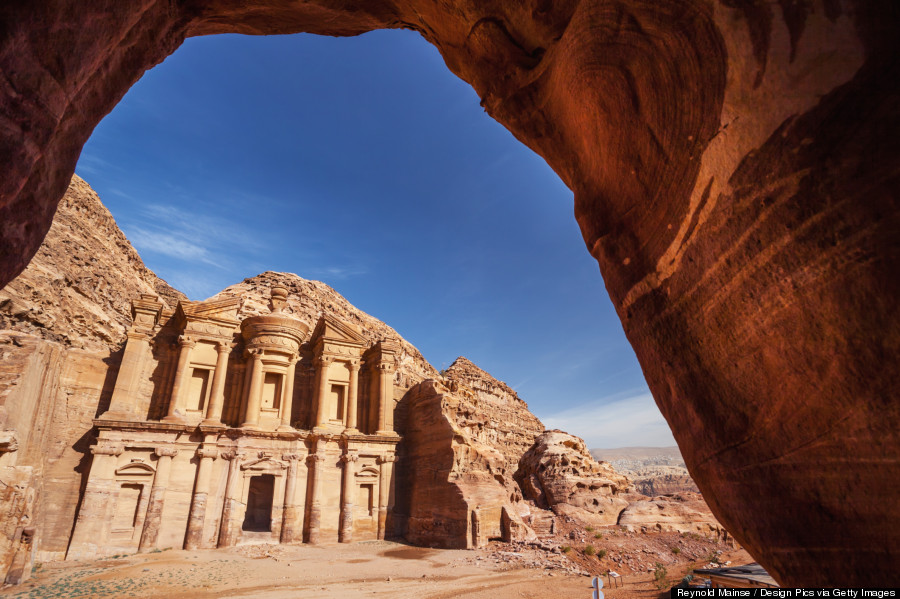Built more than 2,000 years ago, the ancient Nabataean city of Petra has a religious history embedded in its very walls.
Some refer to Petra as the Rose City for the rosy sandstone rock faces into which the Nabataeans carved their capital city. The rocky walls hold even greater significance than their color, though, as a team of archaeoastronomers recently discovered.

Petra's sacred monuments, the team reported in the Nexus Network Journal, may have been built to specifically align or illuminate during celestial events like the solstices and equinoxes. This offers an insight into the culture of the region, the report continues, indicating "a trace of the astral nature of the Nabataean religion."

Archaeoastronomy is a discipline that draws from archaeology, astronomy, religion and anthropology to investigate the astronomical alignment of ancient structures. These alignments, archaeoastronomers argue, can teach us about ancient cultures and religious world views.

Team head Juan Antonio Belmonte said the effect of the winter solstice at Ad Deir -- thought to have been a temple site -- offers just such a glimpse at the structure's religious significance.
"The lighting is spectacular; the sun setting through the gate perfectly illuminates the sacred areas of the deep interior," Belmonte told CNN. "Apart from the beauty of the situation itself, the effect -- which would have been observable only a week or so before and after the winter solstice -- also gives you information about the purpose of the building."

To Belmonte, the findings indicate that Nabataean religion had roots in ancient astronomy, and the Nabataeans themselves likely had complex tools for astral measurement.
"With such an alignment, it's now clear that it was certainly a temple with an astral religious character," Belmonte said. "This can help us understand the religious beliefs of the Nabateans, and also their way of controlling time. It shows they could monitor the lunar calendar by solar and lunar observation."

Scholar believe the pre-Islamic culture of the Nabataeans to have drawn from Persian and Hellenistic civilizations. Some of their primary deities may have adopted Greco-Roman identities over time, including one goddess, al-Uzza, who is identified with Venus and the morning star. Researchers believe several of Petra's structures to be dedicated to her.
